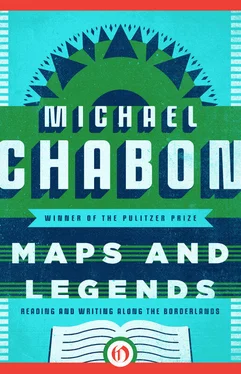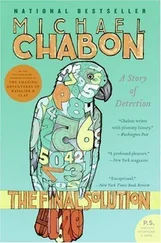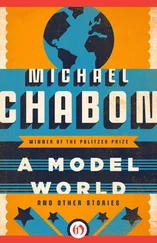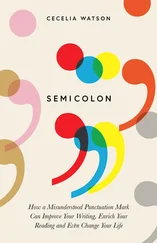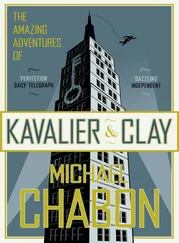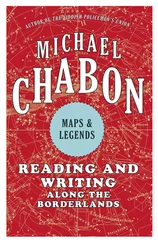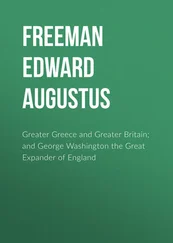While Pullman alludes to Nabokov (one of the characters in The Subtle Knife voyages to Nova Zembla), his paired Oxfords stand in a very different relation from that of Ada’s Terra and Antiterra, which reflect and comment only upon each other, locked in a transdimensional self-regard which in turn mirrors that of the vain Van Veen. Instead, Pullman has consciously and overtly founded the structure of his fictional universe on the widely if not universally accepted “many-worlds hypothesis,” derived from quantum physics — in His Dark Materials there will eventually turn out to be (rather conservatively) “millions” of such worlds, though in the end Pullman has only guided us through half a dozen of them.* Lyra’s and ours are only two among the infinite number of possible Oxfords, all of which, according to the hypothesis at its most extreme, exist.
Pullman’s use of such avant-garde scientific notions as the multiverse and dark matter (more on that later) might incline one to slap the label of “science fiction” onto his work along with “epic fantasy,” “YA,” and “alternate-world fiction”; but the quantum physics in His Dark Materials is mostly employed as a rationale for the standard world-hopping that heroes and heroines of fantasy have been engaging in from Gilgamesh onward. More interesting is Pullman’s understanding of the metaphoric power of the many-worlds theory. An endlessly ramifying series of possibility-worlds, diverging and diverging again with each alteration in state, each tiny choice made, each selection of B over A: this may or may not be physics, but it is indisputably storytelling. And Pullman, as it turns out, is an unabashed concocter of stories, with a deep, pulpy fondness for plot. He is also, in the great tradition of unabashed concocters of stories, a highly self-conscious storyteller. By the end of The Amber Spyglass, one has come to see Pullman’s world-calving imagination, to see Imagination itself, as the ordering principle, if not of the universe itself, then of our ability to comprehend, to wander, and above all to love it.
* Pullman avoids use of the term “multiverse,” arguably coined by the greatest writer of post-Tolkien British fantasy, Michael Moorcock, to whose work Pullman’s is clearly indebted.
3.
However far the narrative may wander, the action of His Dark Materials centers tightly, even obsessively, on the interrelation of two of Pullman’s many felicitous inventions: daemons and Dust.
The goddess of writers was smiling upon Philip Pullman on the day he came up with the idea for daemons. These are, in Lyra’s world, the inseparable life companions of every human being. Daemons take the shapes of animals, but they have reason and the power of speech. Lyra’s is named Pantalaimon — she calls him Pan — and at first we take him to be her animal-familiar, but we soon learn that he is in fact the equivalent of what is known in our world as the soul. The bond between human and daemon is fundamental, essential, empathic, and at times telepathic. When a daemon’s human being dies, its own life ends; the daemon winks out of existence, snuffed out like a candle flame. Pan, like all children’s daemons, has not yet “settled”—that is, he can take on, at will, the shape of any animal he wishes, a power he will retain until Lyra reaches puberty. When Pan is frightened or anxious to conceal himself, he is a moth, or a mouse; when he wishes to intimidate or to repel attack, he becomes a snarling wildcat; when Lyra is feeling lonely or cold, he becomes a soft, warm ermine and drapes himself tenderly around her neck.
As the story unfolds, new wrinkles and refinements in the relationship between human and daemon keep occurring to Pullman, and he reports them to us at once with the palpable storyteller’s excitement that animates (and at times undermines) the entire series: while people generally have daemons of the opposite gender to their own, some rare oddballs have a same-sex daemon; people tend to get the daemons they deserve (schemers have snake daemons, servants have dog daemons); there is a painful limit to the distance by which a human and a daemon can stand to be separated, except in the case of the witches of the North — those Lapland witches mentioned by Milton in Book II of Paradise Lost? — who undergo a fearsome initiation rite that enables them and their daemons to travel separately. And so on. My then-eight-year-old daughter expressed what I imagine is a near-universal response of readers, young and old, to His Dark Materials (and probably the ultimate secret of the series’ success): “I wonder what kind of daemon I would have!”
When we meet them, Lyra and her daemon are spying on hastily organized preparations for the return to Jordan College of the man she believes to be her uncle, Lord Asriel, an explorer and inventor of formidable reputation. Pan has advised against this foray into the forbidden Retiring Room, and he flutters anxiously on her shoulder, having taken for the moment the fearful, flighty form of a moth. It is here, hidden in a wardrobe full of scholars’ gowns, that Lyra and we first encounter the sparkling puzzle of Dust.
Lord Asriel has just returned from the North, where he led an expedition (lovingly outfitted by Pullman, like all the novels’ several expeditions, with the full Shackletonian panoply of late-Victorian explorers’ gear) to observe the phenomena known, after the Church-burned heretic who first described them, as Rusakov particles, or Dust. All of the novels’ villains, demagogues, and amoral researchers, as well as a number of its finer, nobler characters — Pullman, true to his YA roots, has a tendency to lay on the fine and the noble with a rather heavy spackling knife — believe, or come to believe, that the continued existence of the theocratic, Church-determined, hierarchical universe as they know it depends on understanding the mysterious charged particles known in our world as dark matter and in Lyra’s as Dust. These invisible particles seem to be connected in some way to the aurora borealis,† and they have the curious property (as Lord Asriel proceeds to demonstrate by means of a photographic process of his own invention, with Lyra and Pan, concealed in the wardrobe, hanging on his every word) of being powerfully attracted to adult human beings, settling on them like dander or snow, while appearing to be completely uninterested, if particles can be said to take interest (and they can!), in children.
Lord Asriel has returned from the North to hit up the College for more funding, ostensibly so that he can continue his purely scientific research into the puzzling nature of Dust. In reality he intends to follow the trail of falling Dust out of Lyra and her daemon’s world and into another. He doesn’t mention this, however, or that implementing his plan of opening a breach through the boreal “thin patch” will require the sacrifice of a child by means of a horrific brand of metaphysical vivisection known as “intercision.”
Intercision is also the business of the General Oblation Board, an arm of the Church that has recently begun a spectacular rise to power under the direction of Mrs. Coulter, its lay chairman. Mrs. Coulter is, until she receives an unfortunate first name (the far too British Vogue “Marisa”) and, even more unfortunately, a heart, somewhere around the second quarter of The Amber Spyglass, one of the great villains of recent popular literature, right up there, in viciousness, strength, intelligence, and inexorableness, with Lonesome Dove’s (unredeemed to the end) Blue Duck. Mrs. Coulter, beautiful, elegant, capable of simulating terrible charm and warmth, her natural mode a fittingly polar coldness, accompanied everywhere by her truly scary golden monkey daemon, has the power, like all good femmes fatales, to cloud men’s minds.
Читать дальше
Конец ознакомительного отрывка
Купить книгу
